The experts in boutique travel To Peru and South America
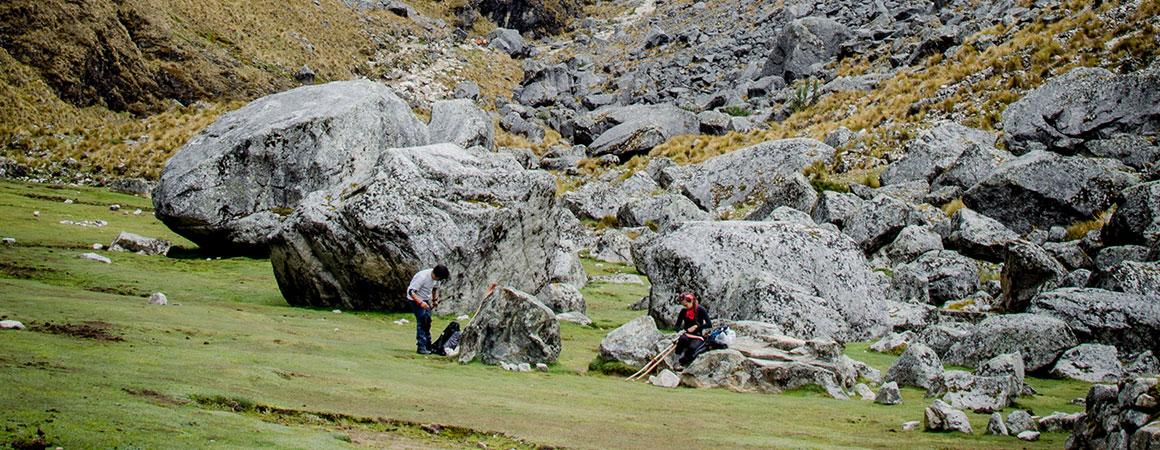
Among the many alternative treks to Machu Picchu, there are a handful we recommend to travelers who want to upgrade their trekking experience.
It may be that Inca Trail permits are sold out. Or perhaps the idea of camping and no showers for 3 nights is not appealing. Maybe you want an experience that is off the beaten path. All of these are great reasons to seek out an alternative to the Inca Trail and the decision comes with some perks.
Choosing an alternative trek allows you to be more spontaneous about the timing of your trip, since you don’t have to worry about securing Inca trail permits (which sell out fast). You also gain more flexibility to choose from a range of comfort levels, anything from DIY hiking without a guide to staying in lodges with luxury amenities.
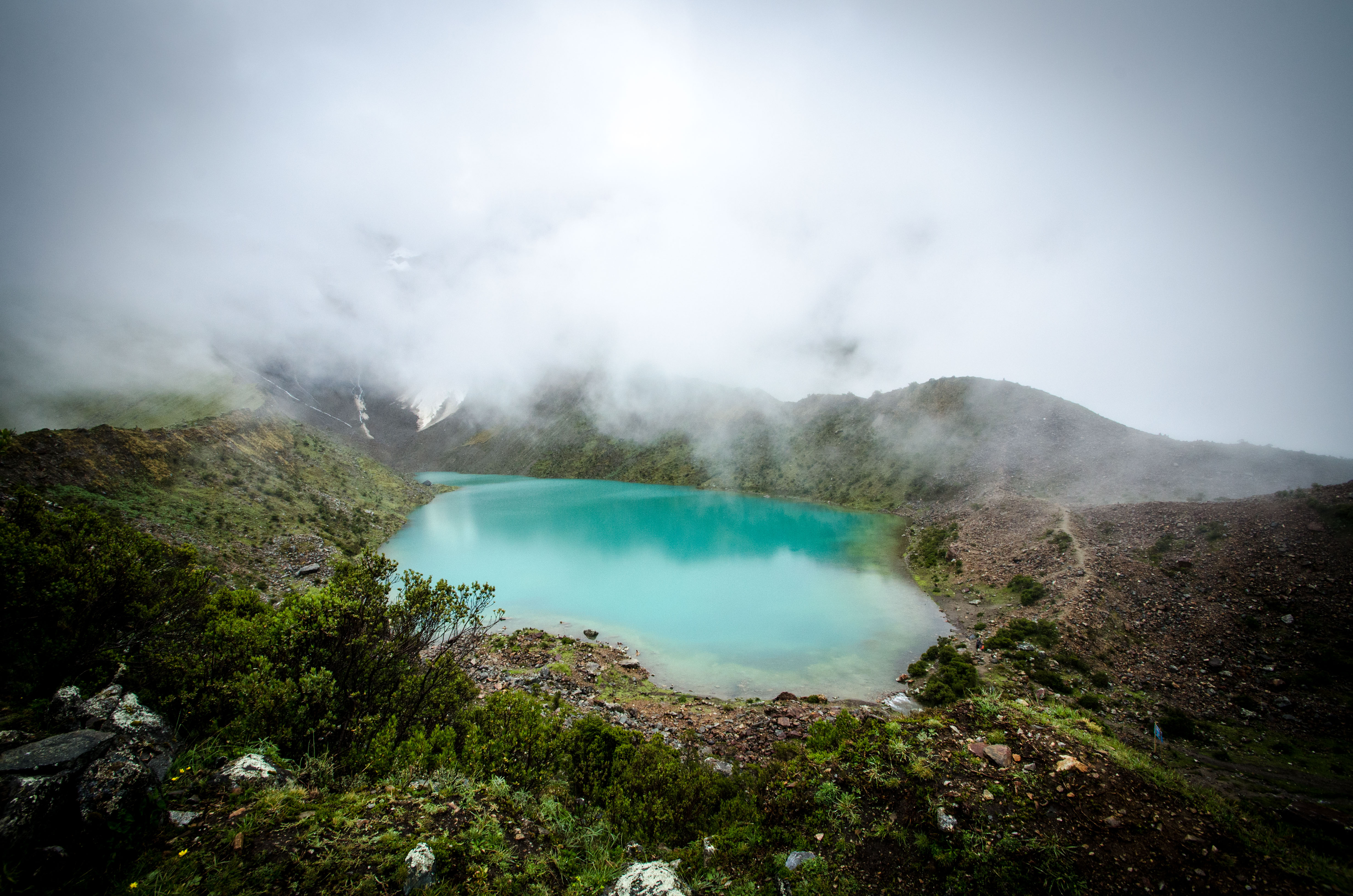
Here are two of our favorite alternative treks to Machu Picchu for travelers seeking something different:
Unlike the official Inca Trail trek, you do not need a permit to trek Salkantay, which means you have greater liberty to determine your preferred dates. Note however, that this trail does not enter Machu Picchu through the Sun Gate entrance. Instead you arrive by foot or train to Aguas Calientes before visiting Machu Picchu on the last day.
We offer a 7-day trek that combines rigorous daytime hikes and evening time creature comforts. Each of the lodges along the route is outfitted with Jacuzzi bathtubs and massage service. Guests enjoy locally-sourced, made-to-order breakfasts and 3-course lunches and dinners. Note that with just 6 rooms at each lodge, it’s important to book your place as soon as you know your travel dates.
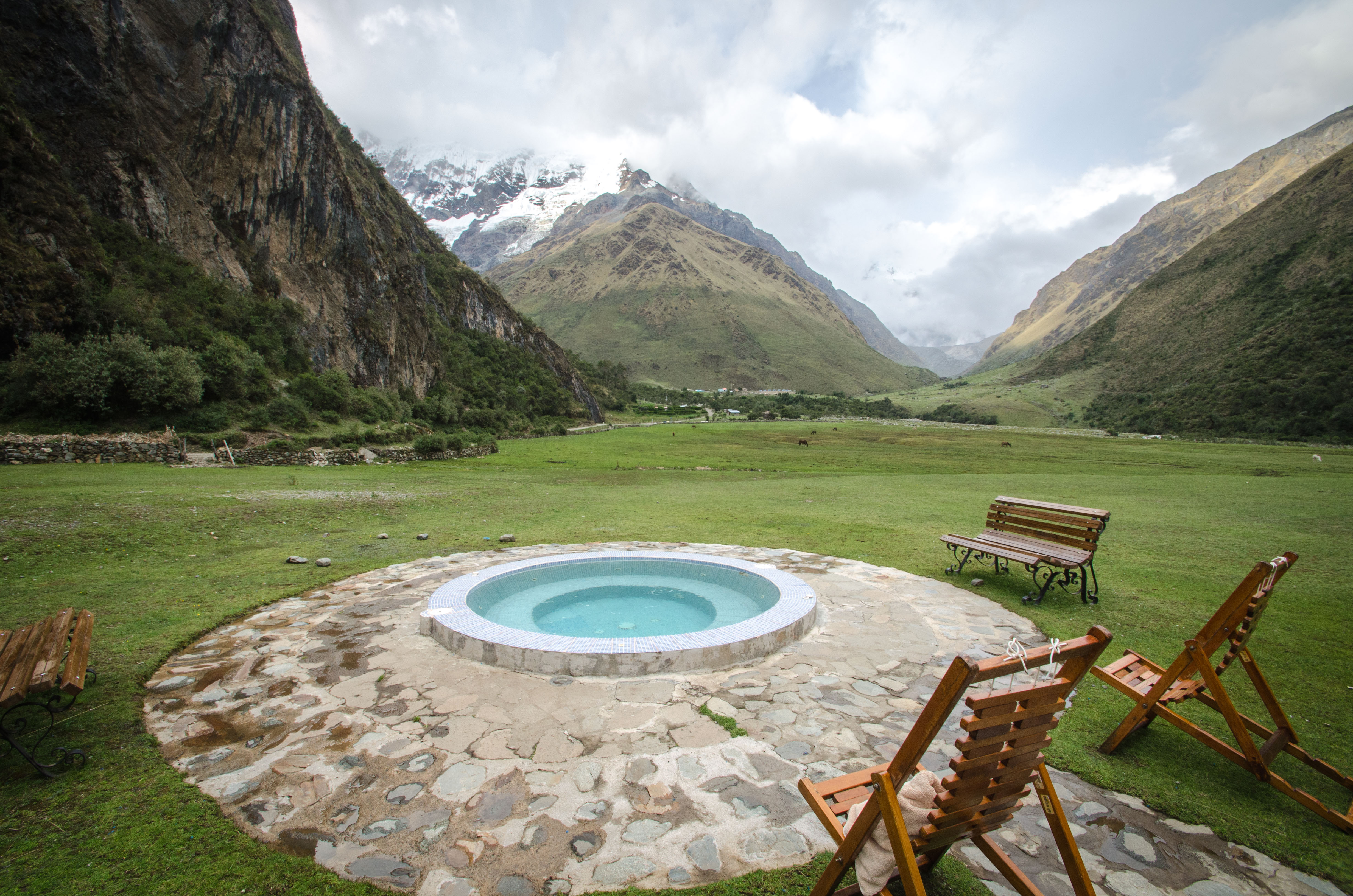
Rainy season in the Andes stretches from November to March, with rain showers also likely in the shoulder season months. The prospect of trekking and camping in the rain is one of the potential downsides of hiking the Inca Trail during this time. Poor weather becomes less of an issue when you have a comfortable lodge to come back to. At the end of the day, you can just take off your hiking boots, lay out your gear to dry, and enjoy a warm evening indoors with gourmet dining and goose-down bedding to look forward to. You are sure to feel rejuvenated for the next day’s hike.


Highlights of the route include climbing up and over Salkantay pass at 14,566 ft (4,400 meters) and extra hikes to Humantay lagoon and Llactapata. This last site is an isolated ruin where you can catch your first glimpse of Machu Picchu across the Aobamba River Valley. An equally remarkable aspect of this trek is the chance to experience the transition from arid highlands and glacial moraines around Salkantay to cloud forest filled with butterflies, bamboo, and orchids once you get closer to Machu Picchu.
Trekking Tours:
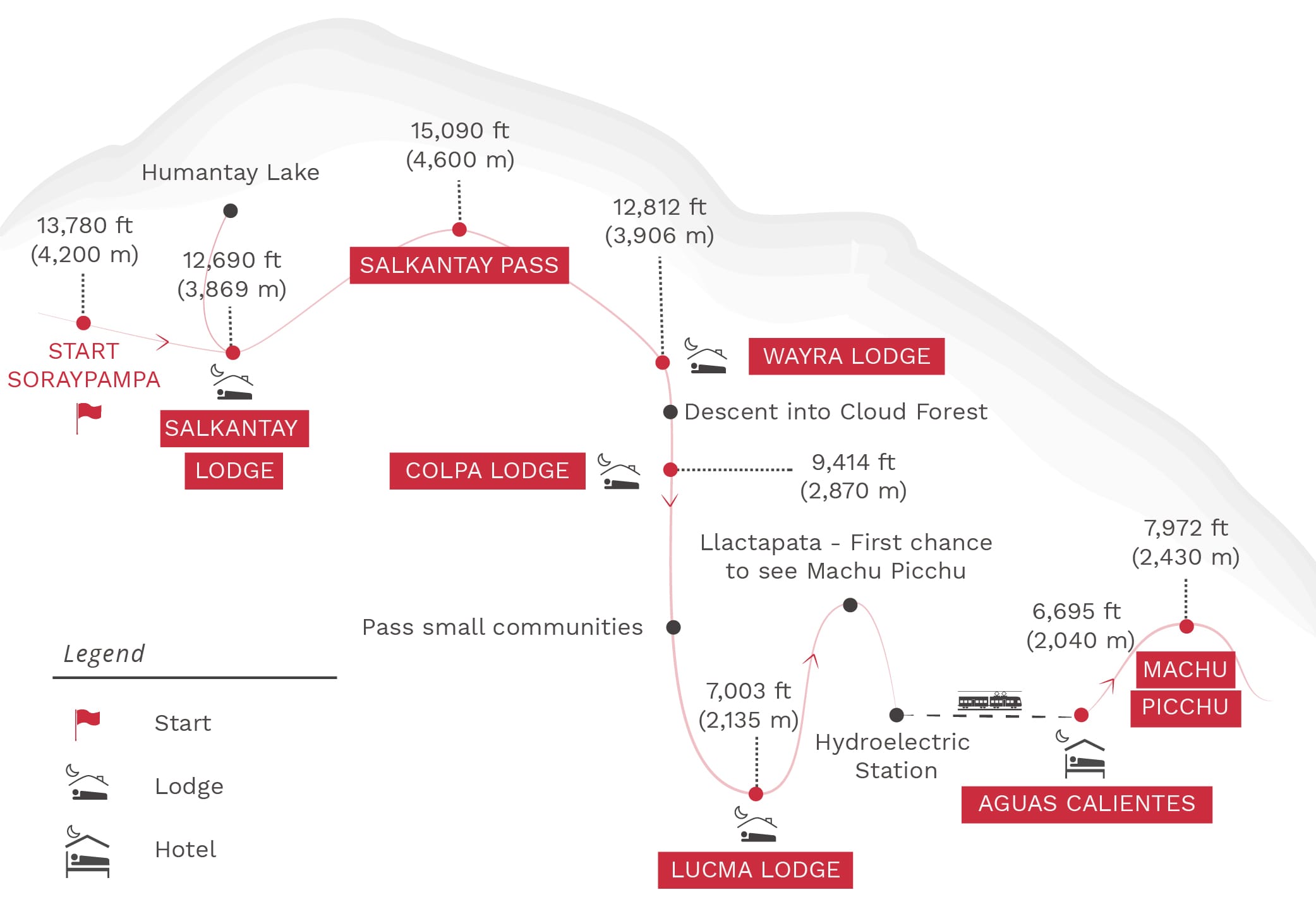


This is the package we recommend to travelers who want to trek to Machu Picchu, but without the challenge of the 4-day Inca Trail. This route combines the Lares trek plus one day on the Inca Trail for a two-in-one hiking experience that will enrich any trip to Machu Picchu.
Part one consists of 2 days of trekking, 1 night of camping in the Lares Valley north of Cusco, home to indigenous communities famous for weaving colorful textiles and 1 night of camping outside of Ollantaytambo. The route includes incredible views of glacial lagoons and valleys filled with flocks of sheep and llamas as well as a chance to see unique flora that thrive at high altitude. You will pass by different archaeological sites and have a chance to share local experiences in Quechua villages.
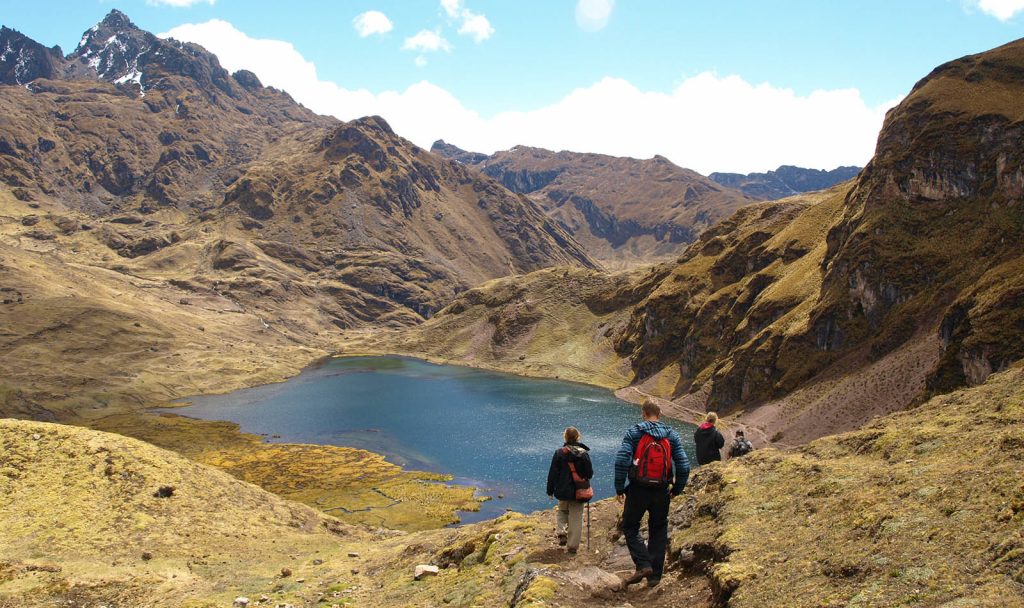
The Lares trek can also be extended from 2 to 3 days. Although the Lares trek is at higher altitudes than the 4-day Inca Trail, it’s considered an easier trek than the latter. This is because the Inca Trail has unrelentingly up and down climbs whereas the Lares takes place at relatively gentler inclines. And for Lares you can always rent a horse if the high altitude becomes too much. This is also true for Salkantay, but not for the Inca Trail.
From Lares, the group makes it’s way to Ollantaytambo to spend the night there, nestled among the peaks of the Sacred Valley. The next morning, catch the train in the direction of Machu Picchu and alight at Kilometer 104 to begin the Inca Trail. This short section of trail includes stops at archaeological sites, lunch at Wiñay Wayna, and entrance to Machu Picchu through the Sun Gate in the afternoon. The group spends the night in Aguas Calientes and returns for a tour of Machu Picchu on the next day.


Note that for this trek, an Inca Trail permit is required for Day 3. The 1-day permit is a bit easier to get than the 4-day Inca Trail permit, but you should nonetheless plan to book a few months in advance.
The Salkantay Lodge to Lodge and the Lares and 2-day Inca Trail combination are just two of the alternative treks that get you to Machu Picchu. In Cusco and Machu Picchu, high season is in full swing and now is a good time to start planning your trip for later this year or for 2019.
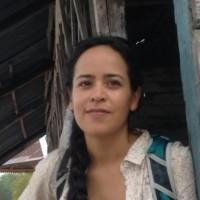
Anabel is Incas Expert’s nomadic wordsmith. After 5 years on the road, she's developed a knack for making impromptu workplaces out of cozy cafes across South America. When not writing, she's probably out searching for the best food, coffee, and bookstores in town.
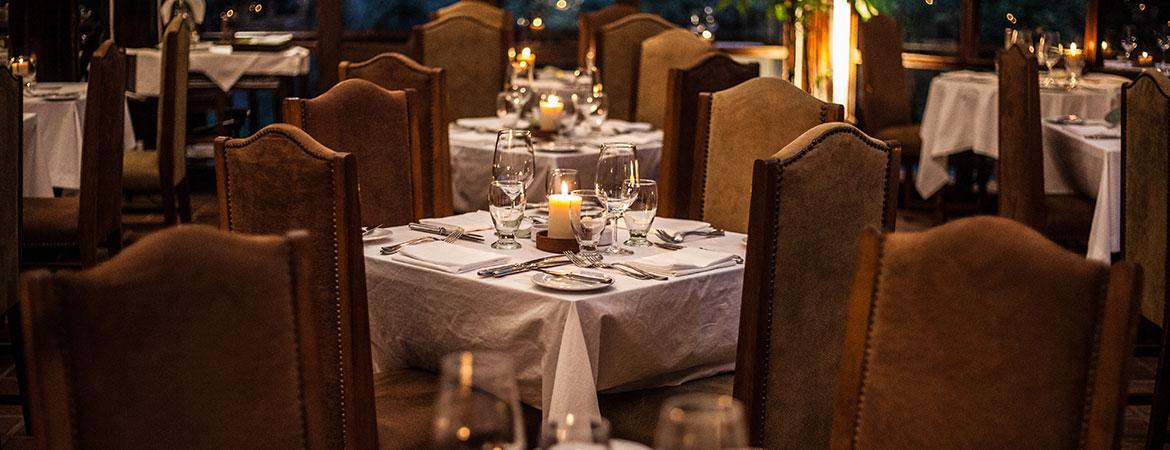
Peru and food. It is increasingly difficult to speak of one without the other. Some would argue that the truest conduit to Peru’s modern heart and soul is through its culinary landscape.
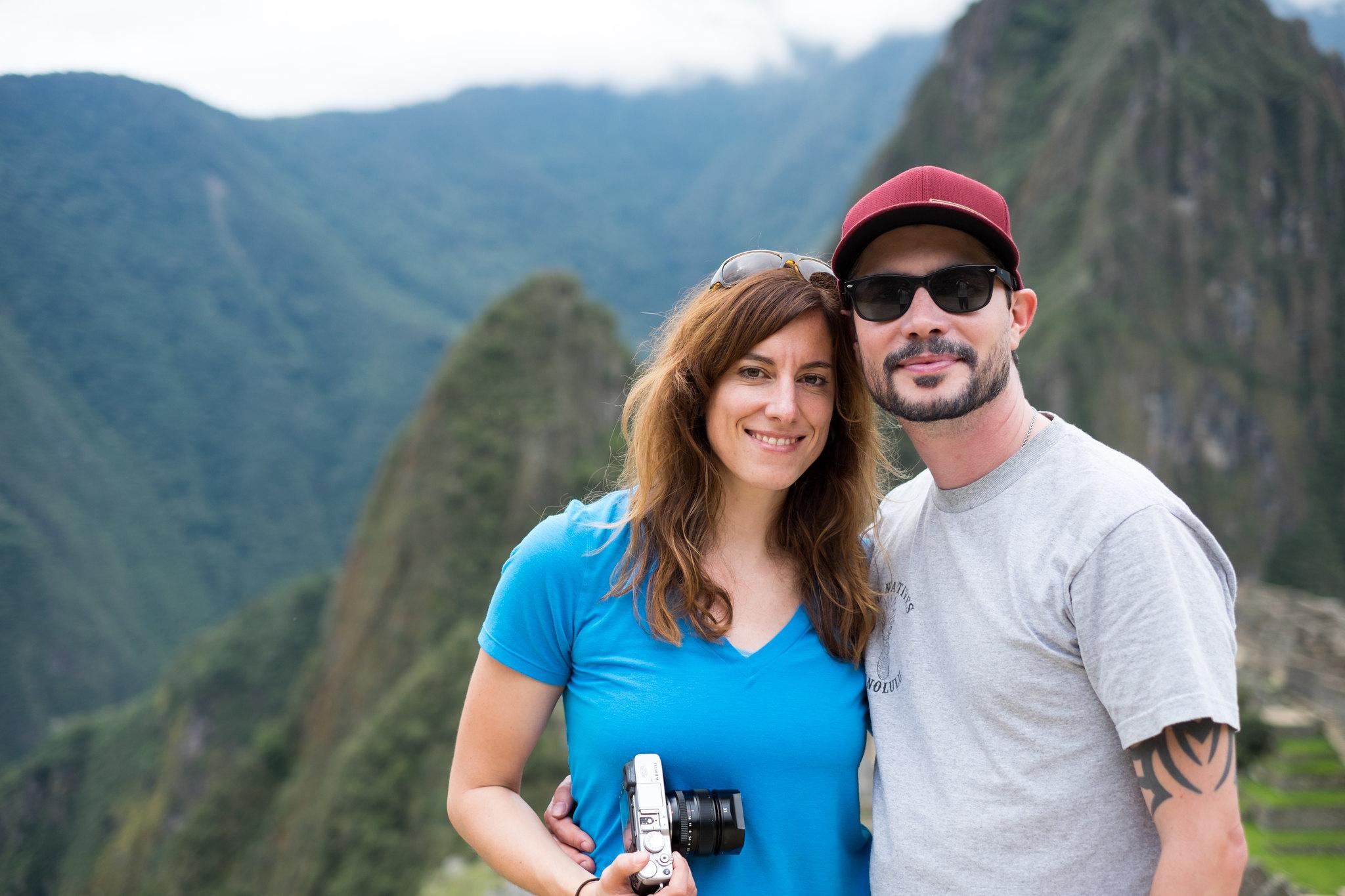
A Peru honeymoon is a dream trip for many couples thanks to the mystical archeological site of Machu Picchu. Combined with Peru’s fascinating history, tranquil landscapes, and uniquely flavorful cuisine, it is one of the most romantic honeymoon destinations in the world.